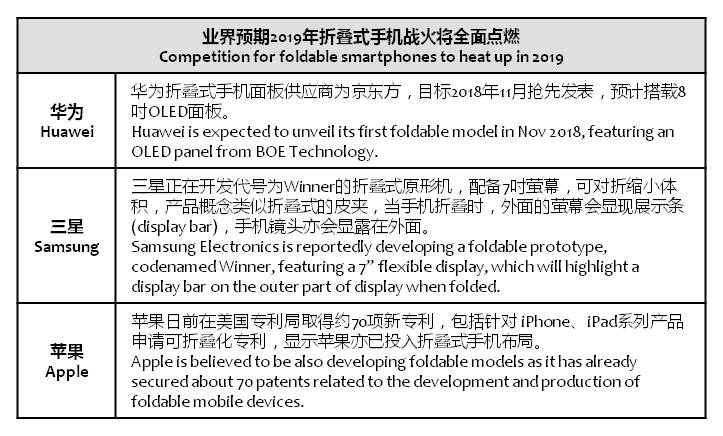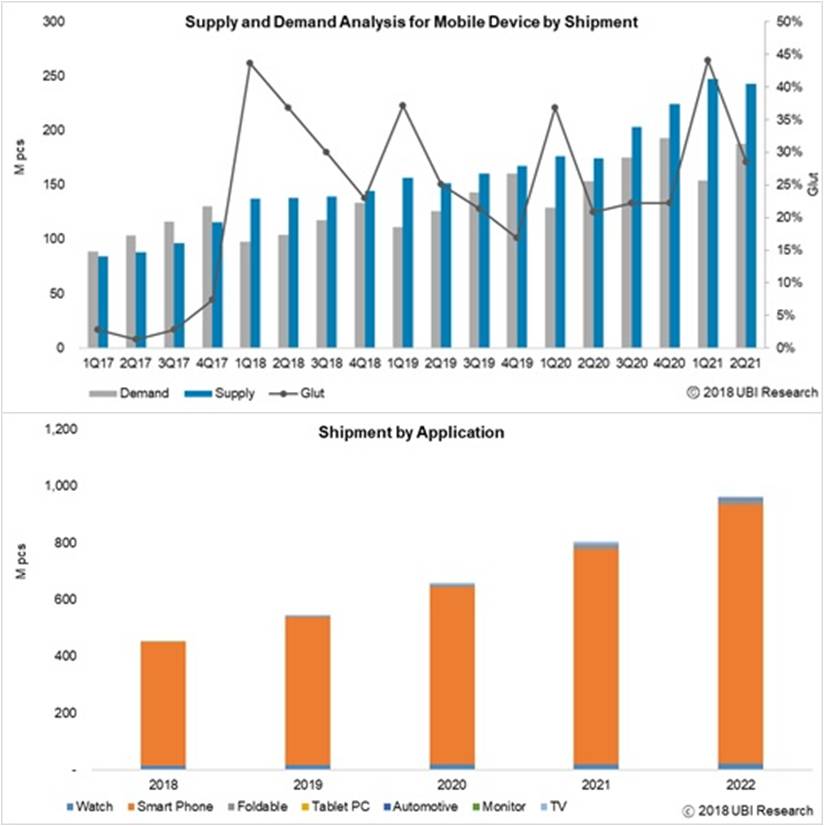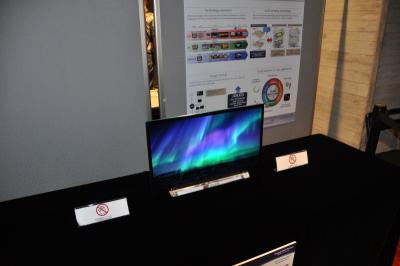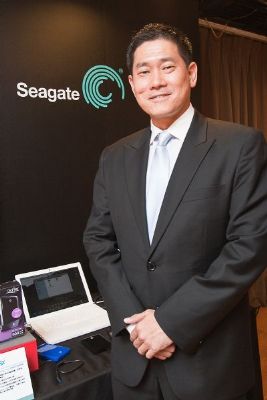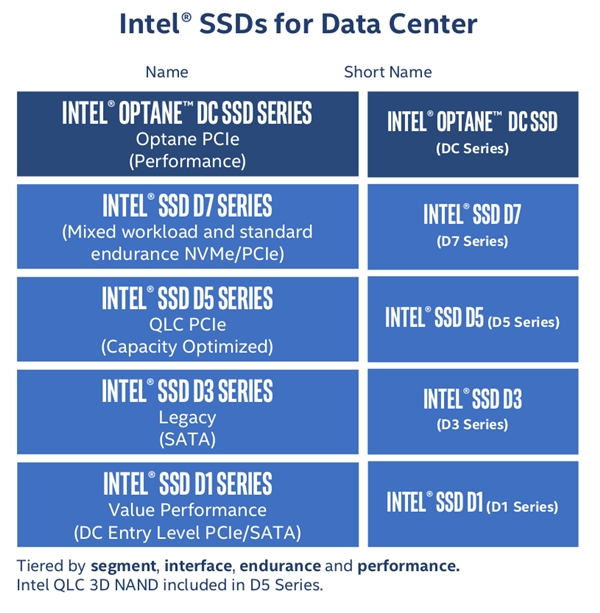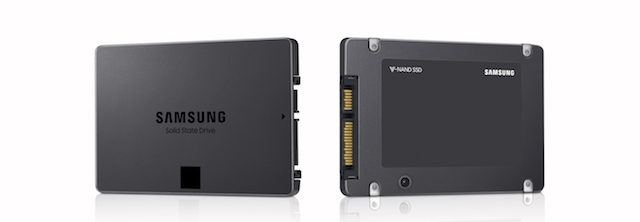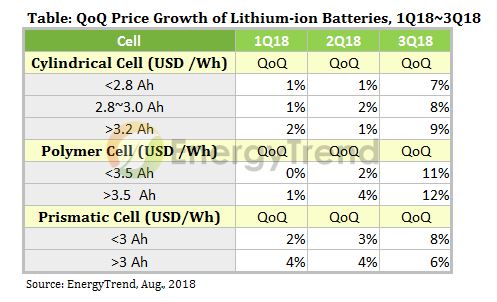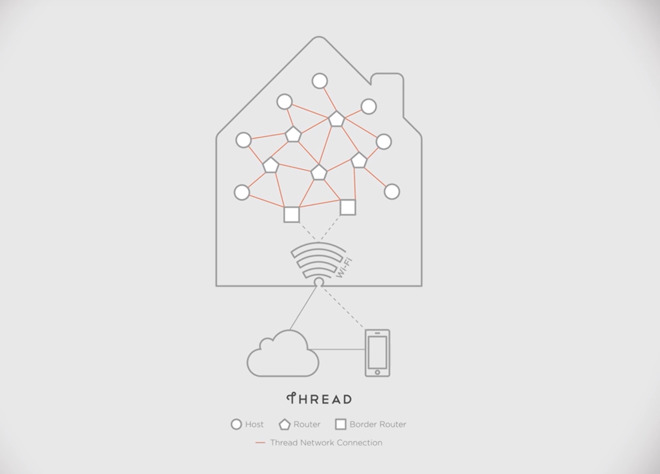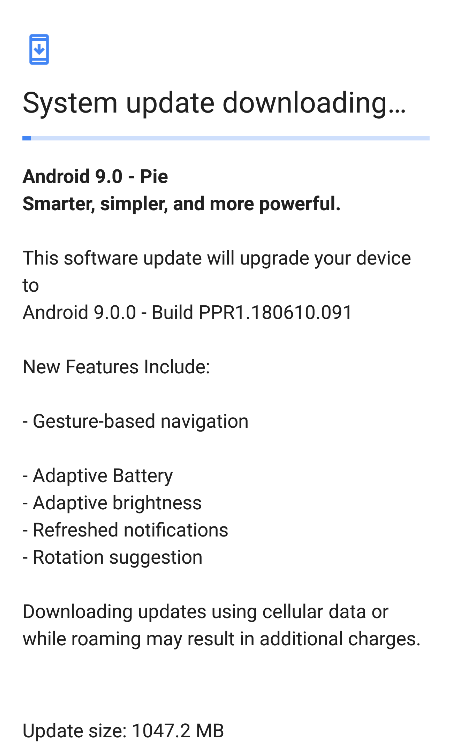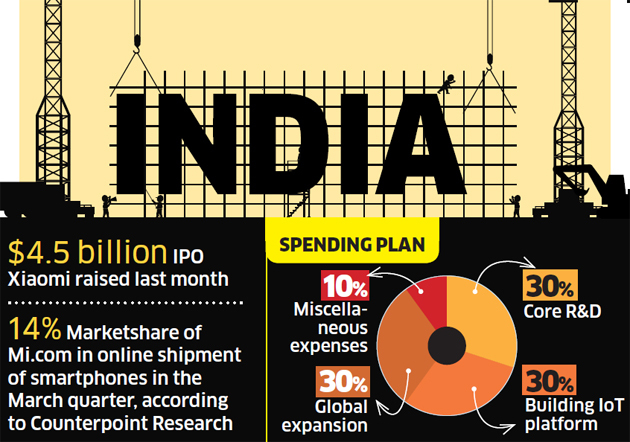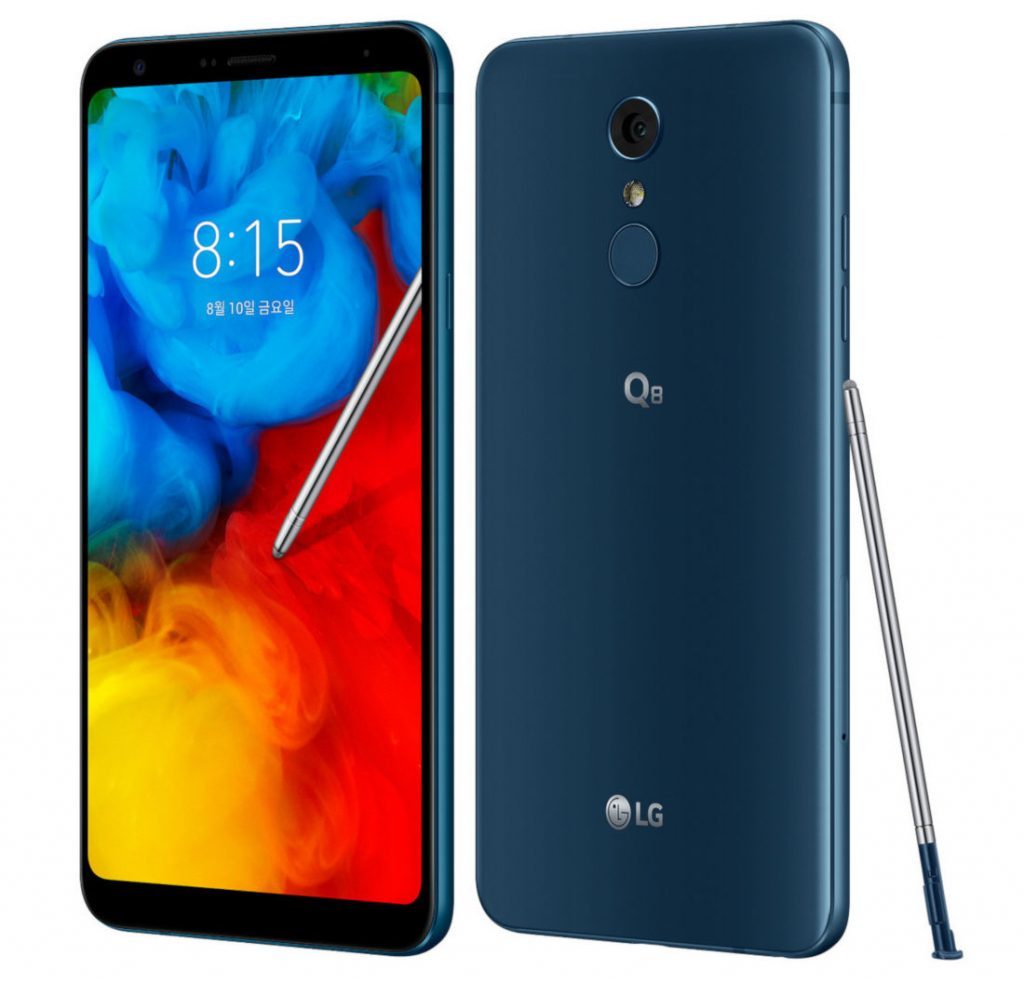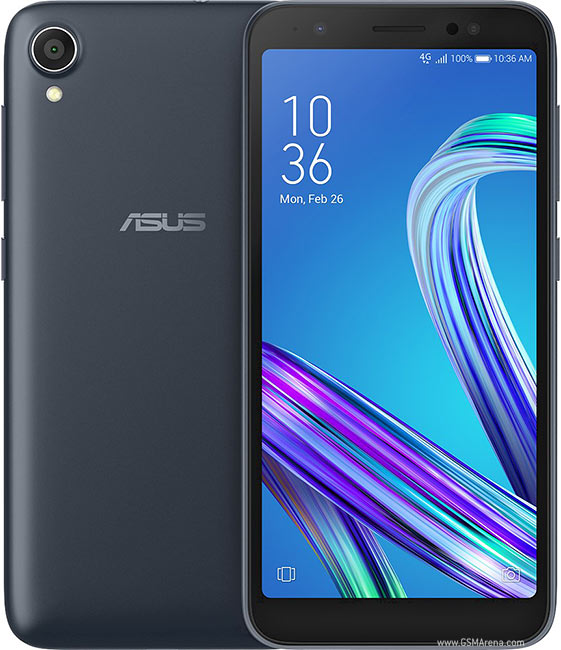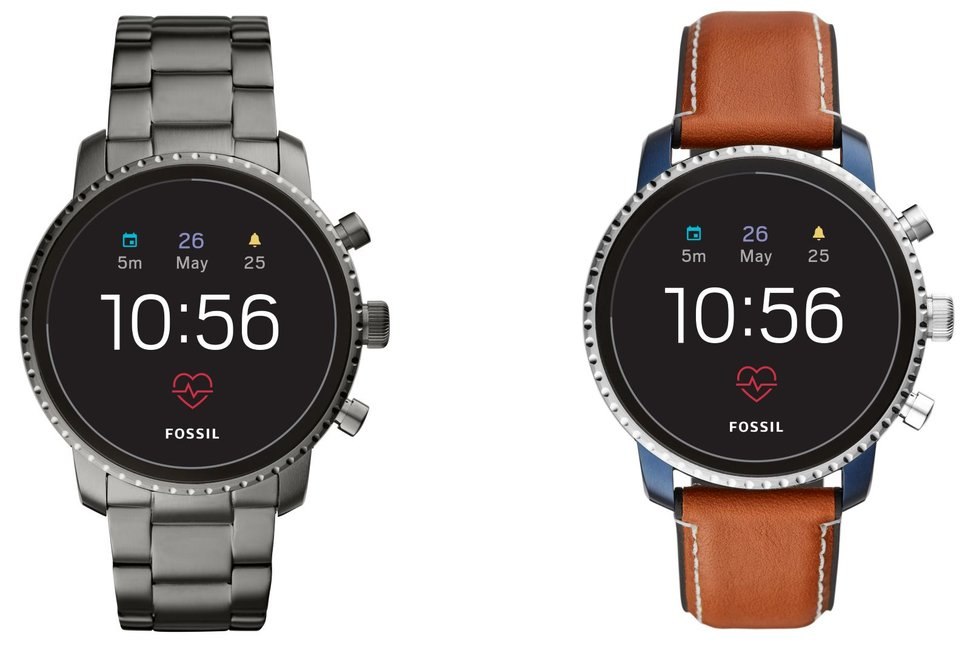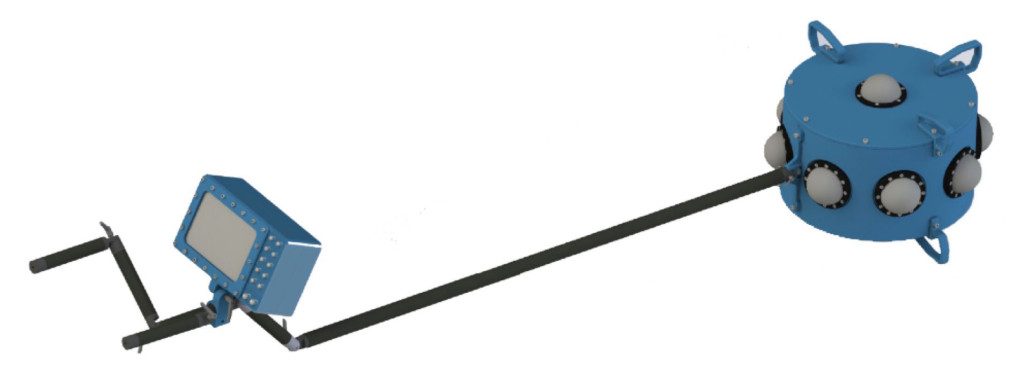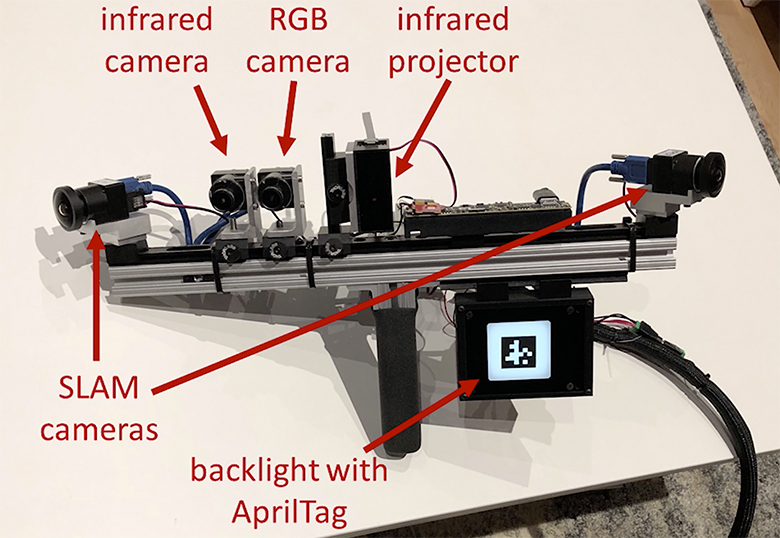
08-07: TSMC is close to returning its production lines back to normal; Google Android P Pie is official; etc.
Chipsets
Semiconductor Industry Association (SIA) has announced worldwide sales of semiconductors reached USD117.9B during 2Q18, an increase of 6.0% over the previous quarter and 20.5% more than 2Q17. Cumulatively, year-to-date sales during 1H18 were 20.4% higher than they were at the same point in 2017. (EET Asia, SIA, press, Laoyaoba)
Taiwan Semiconductor Manufacturing Company (TSMC) is close to returning its production lines back to normal, after a targeted computer virus took down several of its factories on 3 Aug 2018, with the firm aiming to recover all of its production lines by the end of 6 Aug 2018. TSMC warns of delayed shipments of components from its facilities to its clients. (Laoyaoba, Apple Insider)
Touch Display
Foxconn Electronics reportedly plans to scale down its original project to build an advanced 10.5G LCD fab in Wisconsin and instead will set up a 6G line there. Major reasons for adjusting the investment project include: total investment for a 10.5G line is too vast to be paid off in a short period of time and the availability of new production capacity from 10.5G lines in China is expected to affect the global display industry, eventually undermining panel prices and profits. (CN Beta, Laoyaoba, Digitimes, press)
Global competition for foldable smartphones is expected to heat up in early 2019 as China-based brand vendors, particularly Huawei, will try to secure a preemptive presence in the segment by unveiling their foldable models in late 2018 or early 2019, according to Digitimes. (Digitimes, press, Digitimes, press)
According to UBI Research, the demand for OLED mobile sets (including smart phones and smart watches) in 1Q18 dropped to 98M units from 130M units in 4Q17. UBI Research predicts that the OLED smartphone market will grow from 430M units in 2018 to 900M units in 2022, and the market for foldable OLED smartphone is to be from about 1M units in 2019 to 18M units in 2022. (OLED-Info, UBI Research, press, PJ Time)
Samsung Electronics shipped about 6M OLED displays to Apple for the iPhone X in 2Q18, a significant drop from the nearly 20M it provided in 1Q18. Samsung’s shipments of OLED panels to Apple, for which it is the sole supplier, were expected to reach 12M~15M until spring 2018. (Asia Nikkei, OLED-Info, Baijiahao)
JOLED has announced that it will co-develop high-end gaming monitors together with the Japanese “Burning Core” professional e-sport team. JOLED will develop the OLED monitors and Burning Core players will test the monitors and provide professional opinion so that JOLED can calibrate and perfect the image quality especially for gaming. (JOLED, OLED-Info)
Camera
Facebook Reality Labs (FRL) is presenting a fully-automated pipeline to reconstruct mirrors and other reflective flat surfaces, which could improve the believability and realism of 3D scenes. (VentureBeat, Oculus, Upload to VR, Heix, 87870)
Memory
Banseng Teh, VP of Global Sales and Sales Operations for Seagate, indicates that edge computing continues gaining momentum for further development, with annual global edge computing market scale to reach USD6.72B by 2022 as estimated by research organizations. It indicates that up to 60% of global data volumes will be generated by enterprises by 2025, making data processing an increasingly pressing issue for enterprises to address. (Digitimes, press, Appuals, Laoyaoba)
Intel has shared the naming and specifications for their first datacenter SSDs using QLC NAND flash memory. (CN Beta, AnandTech, TechQuila)
Samsung has announced that it has started mass production of the industry’s first 4-bit consumer SSD. Based on the 1-terabit V-NAND, Samsung says that this industry-first solid state drive will deliver outstanding performance that’s equivalent to the company’s 3-bit design. (Ubergizmo, Neowin, Samsung, Sohu, CN Beta)
Battery
Cobalt prices have reached another record high in 1Q18, according to TrendForce. As the result, the prices of lithium-ion battery cells are estimated to increase by 5%~15% quarter on quarter in 3Q18, but would have a chance to remain flat in 4Q18. (TrendForce, press, TrendForce[cn])
Nissan Motor has announced it has entered into a definitive agreement with Envision Group, a sustainable energy operator, for the sale of Nissan’s electric battery operations and production facilities to Envision. (Nissan, Reuters, Electrek, Huanqiu, UDN, WSJ CN)
After confirming Gigafactory 3 in China, Tesla is reportedly in talks with local governments in Germany and the Netherlands to secure a location for ‘Gigafactory 4’ to produce batteries and electric vehicles in Europe. (Electrek, WSJ, China Times)
Connectivity
Apple recently joined Thread Group, an organization focused on delivering mesh networking solutions to smart home devices, as a member of the body’s board of directors, suggesting a potential interest in adopting the technology as part of the HomeKit protocol. (Apple Insider, Thread Group, Ubergizmo, 9to5Mac)
Phone
Huawei Technologies is reportedly facing increased scrutiny in Britain because it is using an aging software component namely VxWorks sold by a firm based in the United States, Wind River Systems. (Laoyaoba, Reuters, CIO)
Google Android P Pie is official. Android P has a lot of new features including gesture-based navigation, adaptive battery, adaptive brightness, etc. (Android Central, Gizmo China, Gadgets Now)
According to IDC, in 2Q18 China smartphone shipment has reached about 105M units, 5.9% down on year. Huawei continues to lead the market with 27.2% market share. OPPO and vivo are number 2 and 3, respectively with 5.5% and 24.3% increase on year. Xiaomi is ranked at number 4. (IDC, press, CN Beta)
Xiaomi’s India head Manu Kumar Jain indicates that 30% of the USD4.5B raised in the IPO in Jul 2018 will be used for core R&D, 30% on building the IoT platform, 30% for global expansion and the remaining 10% for miscellaneous expenses. (iFeng, iFanr, Sina, India Today, Economic Times)
LG Q8 (2018) is announced – 6.2” FHD+ FullVision IPS, Qualcomm Snapdragon 450, rear 16MP + front 5MP, 4GB+64GB, Android 8.1, rear fingerprint scanner, IP68 rated, built-in stylus, 3300mAh, KRW539,000. (Android Headlines, GSM Arena, CN Beta)
ASUS Android Go smartphone ZenFone Live L1 is announced – 5.5” HD+ IPS, Qualcomm Snapdragon 425, rear 13MP + front 5MP, 1GB+16GB / 2GB+32GB, Android 8.0 (Go Edition), 3000mAh, USD110. (Laoyaoba, SlashGear, Phone Radar)
Wearables
Fossil has released 2 new fourth-generation smartwatches – Q Venture HR and Q Explorist HR, featuring Qualcomm Snapdragon 2100, Google Wear OS, and heart rate sensor, starting at USD255 and USD275, respectively. (Android Headlines, Wearable, TechRadar)
Virtual / Augmented Reality
Marine Imaging Technologies has launched a new camera, Hydrus VR, that promises 360º 8K video (higher-resolution than many current headsets) at depths of up to 984 feet, even in lighting conditions as dim as 0.004 lux. The 10-camera array takes advantage of new ultra-sensitive Sony sensors to capture video at up to ISO 409,600. (CN Beta, Laoyaoba, VentureBeat, UploadVR)
Economy
On 6 Jul 2018, the United States tariffs on USD34B worth of Chinese imports took effect, and the Chinese government immediately fought back by announcing its own version of retaliatory duties on U.S. goods, officially setting off a trade war between the world’s two largest economies. Of the 1,102 categories of products targeted, only 1% are consumer goods, with the rest being mainly products in the secondary sector and related to the areas identified and encouraged by the “Made in China 2025” initiative. (IDC, press, CITSA)
